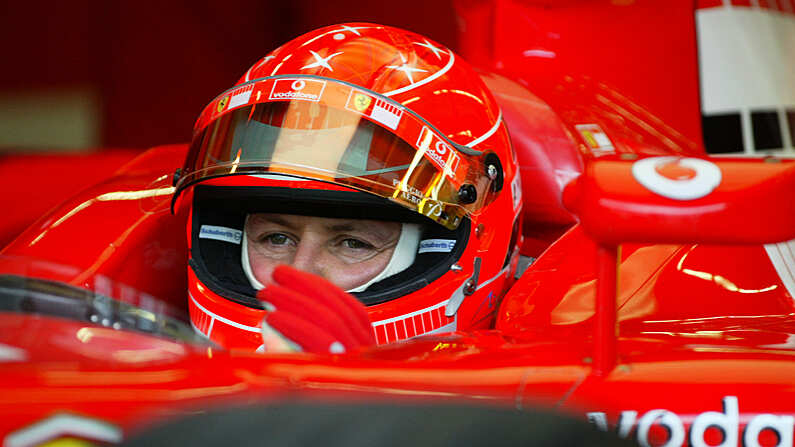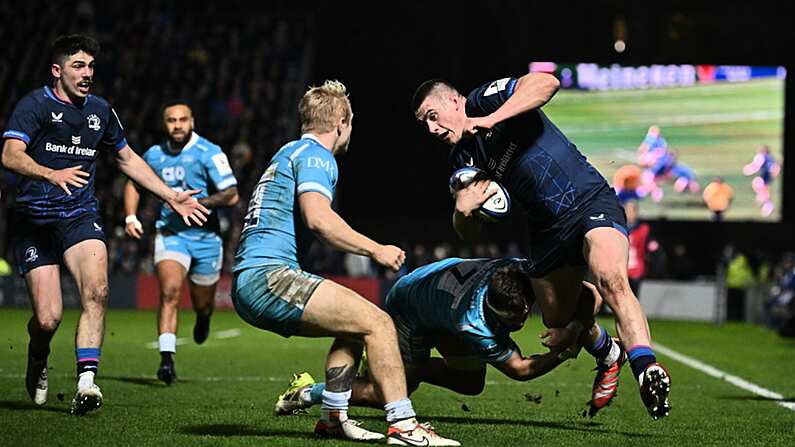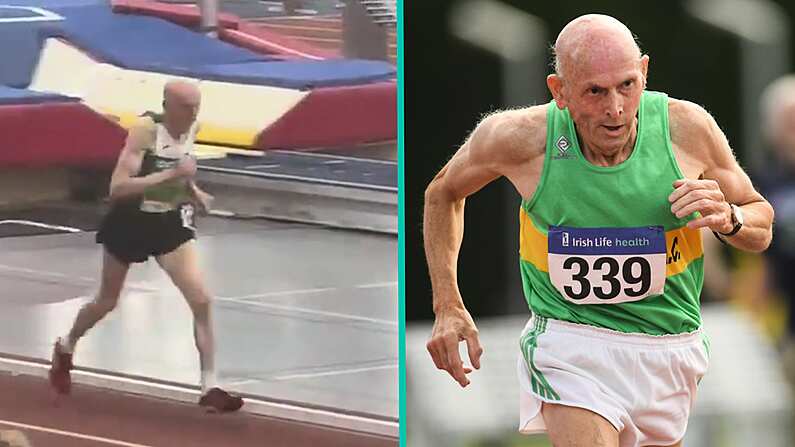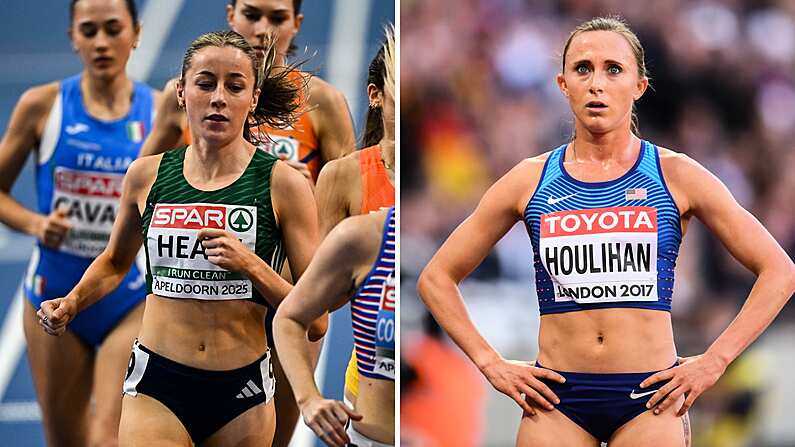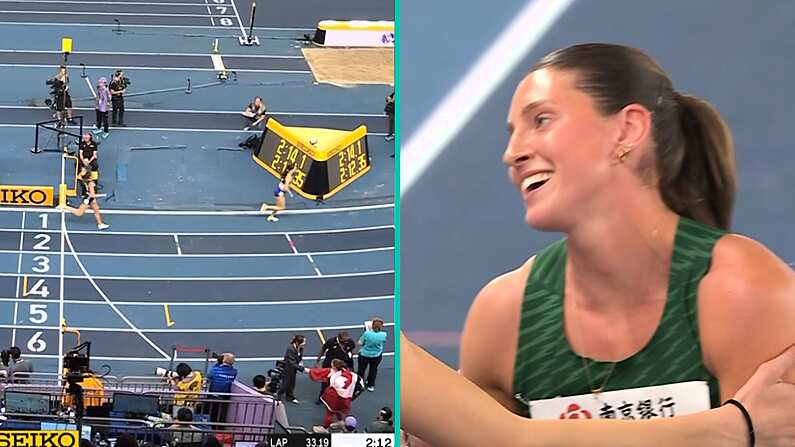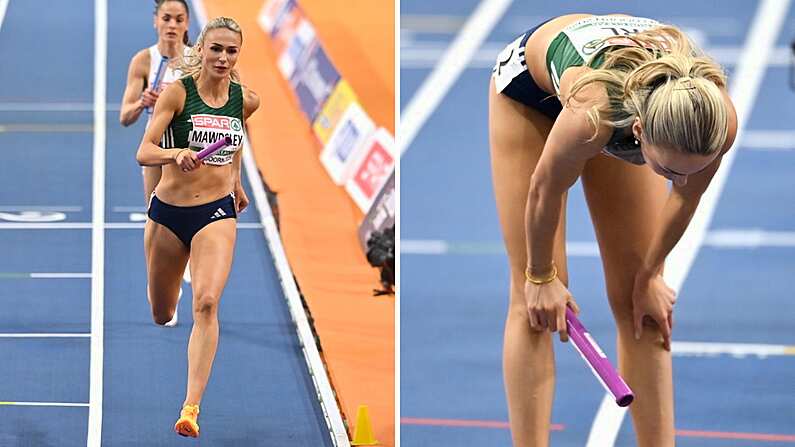In July of this year, at a Diamond League event in Monaco, Caster Semenya sent a message to the world. She dismantled a women's 800 metres field that included a former world champion and the current world junior champion, and her time-the fastest in the world this year at 1:55.33-cemented her status as the favourite to take gold in the Rio Olympics. The South African finished the race and walked off the track with the air of a woman who was only getting started.
https://www.youtube.com/watch?v=tfZxwvTKgGA
But the path to these Olympics has been far from easy for the 25-year old.
It all began in 2009 when, in the World Championship final, Caster Semenya produced a performance of utter dominance and control, toying with her opponents before striding away majestically to win by such a margin that, inevitably, suspicions had to be raised regarding the legitimacy of her performances. Rarely will a victory of such dominance pass without questioning. But the questions being raised in this instance were of a most unusual nature.
A debate-if that is what it could be called-arose regarding Semenya's gender, as reports had come to light just hours before the final claiming that she had undergone sex verification tests. A shadow was cast over her World Championship title and as a result the win was "never celebrated", Semenya admits, as a saga began that, were it not for her family, she is not sure she "could have survived".
https://www.youtube.com/watch?v=t5yFslYoPh8
A month after the World Championship victory in Berlin, all hell broke loose. The Australian Daily Telegraph quoted sources within the International Association of Athletics Federations (IAAF) which stated that the verification tests had shown Caster Semenya to be a hermaphrodite. The South African Sports Minister at the time, Makhenkesi Stofile, called the leak of information a violation of Semenya's human rights and privacy.
This all came just days after Semenya, perhaps as a result of all of the speculation regarding her gender, had completed a photoshoot with 'YOU' magazine where she was dressed up in a more stereotypical 'girly' manner, sporting high heels, a dress and makeup.
All of this was going on when Caster Semenya was just eighteen years old.
Indeed, Semenya's victory, and the ease of the manner in which she achieved it, was the catalyst for a fierce discussion over how athletics separated its 'female' and 'male' athletes and the criteria required for competing in either category. There were complaints that Semenya held an unfair advantage over her fellow competitors; that it was an uneven playing field given the amount of testosterone Semenya had in her body.
Caster Semenya would spend eleven months out of the sport in the wake of her 2009 world-conquering display, undergoing further gender tests ordered by the IAAF, before eventually being given the all-clear to compete in July of 2010.
That wasn't the end of the debacle, however. In April 2011, the IAAF adopted new rules and regulations dealing with women who had testosterone levels over a certain threshold. The new provisions would force such individuals to undergo hormone treatment in order to lower their levels of testosterone to below the maximum level permitted for competition. Otherwise, they would be ineligible to compete. And so Caster Semenya, along with other 'intersex' athletes like her, was forced to commence the treatment prior to the World Championships of that year in Daegu.
There is a twisted irony in the fact that while the eyes of the world were on Semenya and any potentially unfair advantage she might have, the women who would defeat her in both South Korea and the next year in London, Mariya Savinova, was the one breaking the rules. Savinova would later admit to doping with the banned steroid Oxandrolone while being secretly filmed for a German TV documentary. As a result, Semenya may yet have in her possession world and Olympic gold medals from 2011 and 2012-though she has made clear that she wouldn't see such a result as a victory in any sense.
Caster Semenya spent the next few years of her career failing to rise to the same performance heights as in 2009. This was a period which coincided with her undergoing treatment under the new IAAF regulations. Some who watched her performance in the final in London-particularly her remarkable late surge past practically the entire field to claim silver-came to the conclusion that she had deliberately stayed off the top step of the podium in an effort to take some of the attention away from herself and her physical attributes. Semenya has denied this; indeed, were such a theory to be true it would be understandable, but no less sad for being so.
Semanya cites her training group, coach, family and the South African people-for whom she is a national icon-as major influences on her career.
But, ironically, it is an Indian athlete, Dutee Chand, who might have played the greatest part in Semenya's return to form and potential for success at Rio. Chand, who was dropped from India's 2014 Commonwealth Games because of her "hyperandrogenism", took the IAAF's 2011 ruling to the Court of Arbitration for sport and won. The Court ruled that the IAAF had not "provided sufficient scientific evidence about the quantitative relationship between enhanced testosterone levels and improved athletic performance in hyperandrogenic athletes" and that it was "unable to conclude that hyperandrogenic female athletes may enjoy such a significant performance advantage that it is necessary to exclude them from competing in the female category".
Caster Semenya was free to compete without testosterone-lowering treatment for the first time in four years. And will be in the future, provided that the IAAF are not able to provide the Court with satisfactory "further written evidence" by July 2017.
That decision was last summer. Since then, Caster Semenya has seemed close to her best form since 2009. In April, she became the first athlete in South African history to win three national titles-400m, 800m, 1500m-in one day, and she claimed them with consummate ease. Then came Monaco, and for the first time in a significant period the name 'Caster Semenya' was on the lips of athletics fans around the world.
Her continued appearance in female competition has not been without its critics. Australian coach Nic Bideau bemoaned the presence of not just Semenya but also the two women who finished behind her at that Diamond League event, Burundi's Francine Niyonsaba and Kenya’s world under-20 champion Margaret Wambui, both of whom have had question marks raised over their gender.
It’s not really fair for the other women out there. You have to feel for the woman who finishes fourth in that race behind those three...it’s not really a fair competition, you can’t really compete.
Whether or not one agrees with her right to compete as a woman in the Rio Olympics, one has to feel some sympathy for Caster Semenya. She found herself the unfortunate poster girl of a fiercely divisive debate and the victim of some IAAF official's inability to keep their mouth shut or guard what should have been a fiercely protected secret.
Semenya has, over the past couple of years, progressed not just on the track but in her personal life-she married her long-term partner Violet Raseboya last December-and has expressed a desire to explore her options beyond athletics if she achieves her "dream" of Olympic gold. Joining the army, and playing for Banyana Banyana, the South African women's soccer team, are a couple of potential goals she has in mind post-Rio. Maybe tackling the 1500 metres at the Tokyo Olympics as well.
For now, though, she is part of the great pantomine that is the Olympic Games. And, as is so common in the Games, hers is not just a sporting story, but a human one. Semenya has been to hell and back again and one cannot help but feel glad that, from afar, her life seems to have regained some sense of order and happiness after a tumultuous few years.
During the Olympic 800 metres final, there will come a point when her legs will burn, her chest will scream and her arms will ache.
Pain?
Caster Semenya knows all about it.


